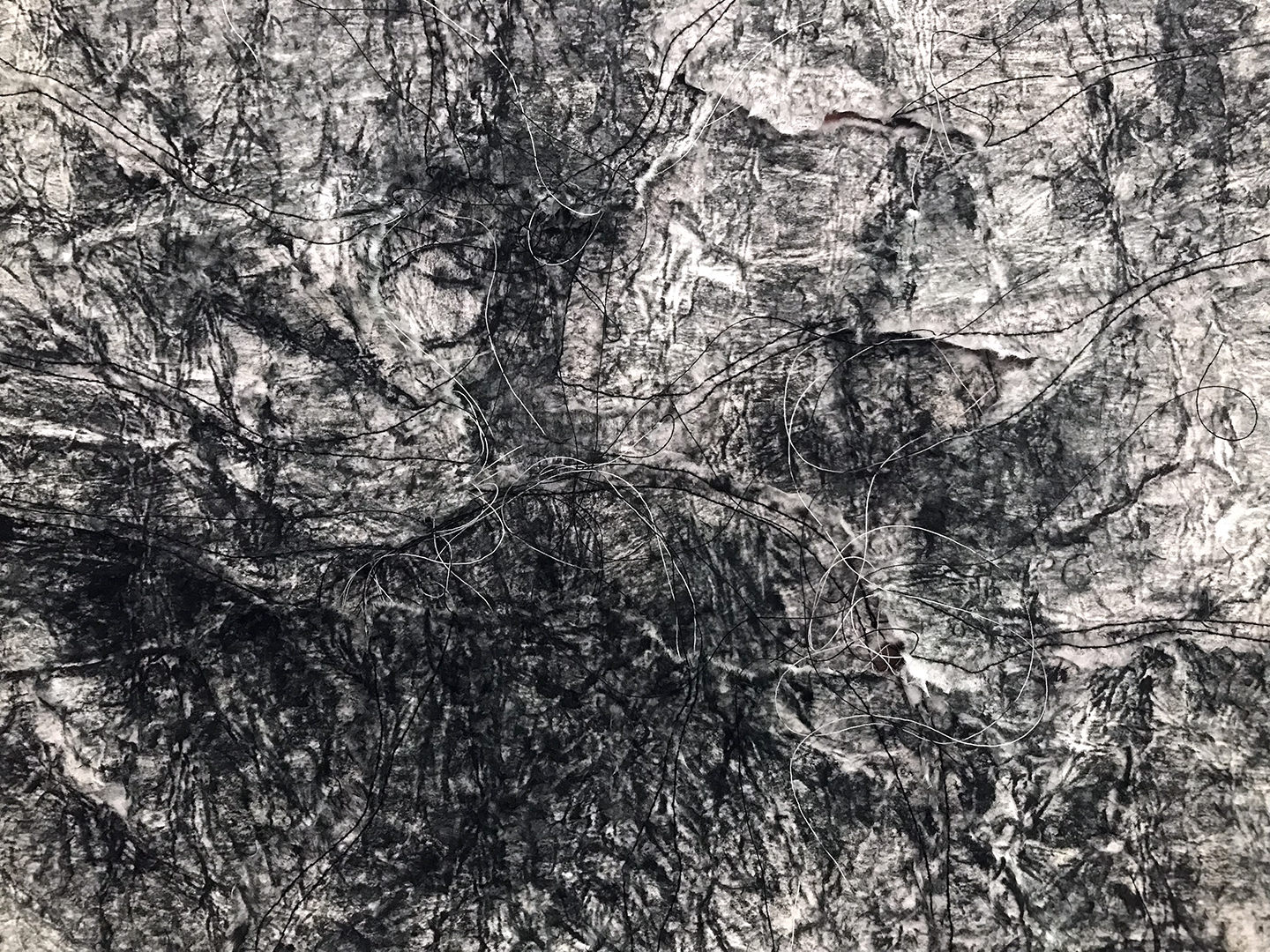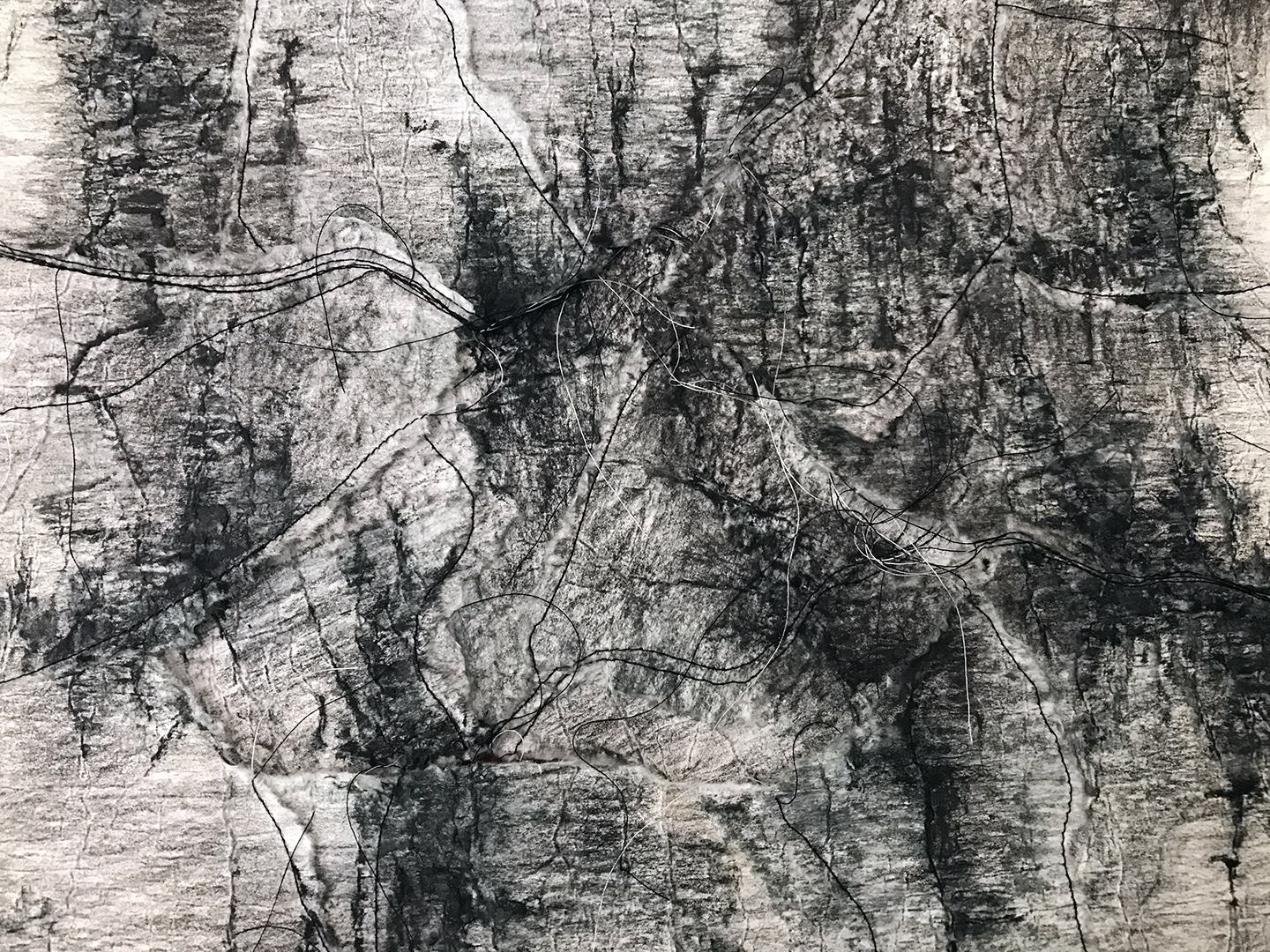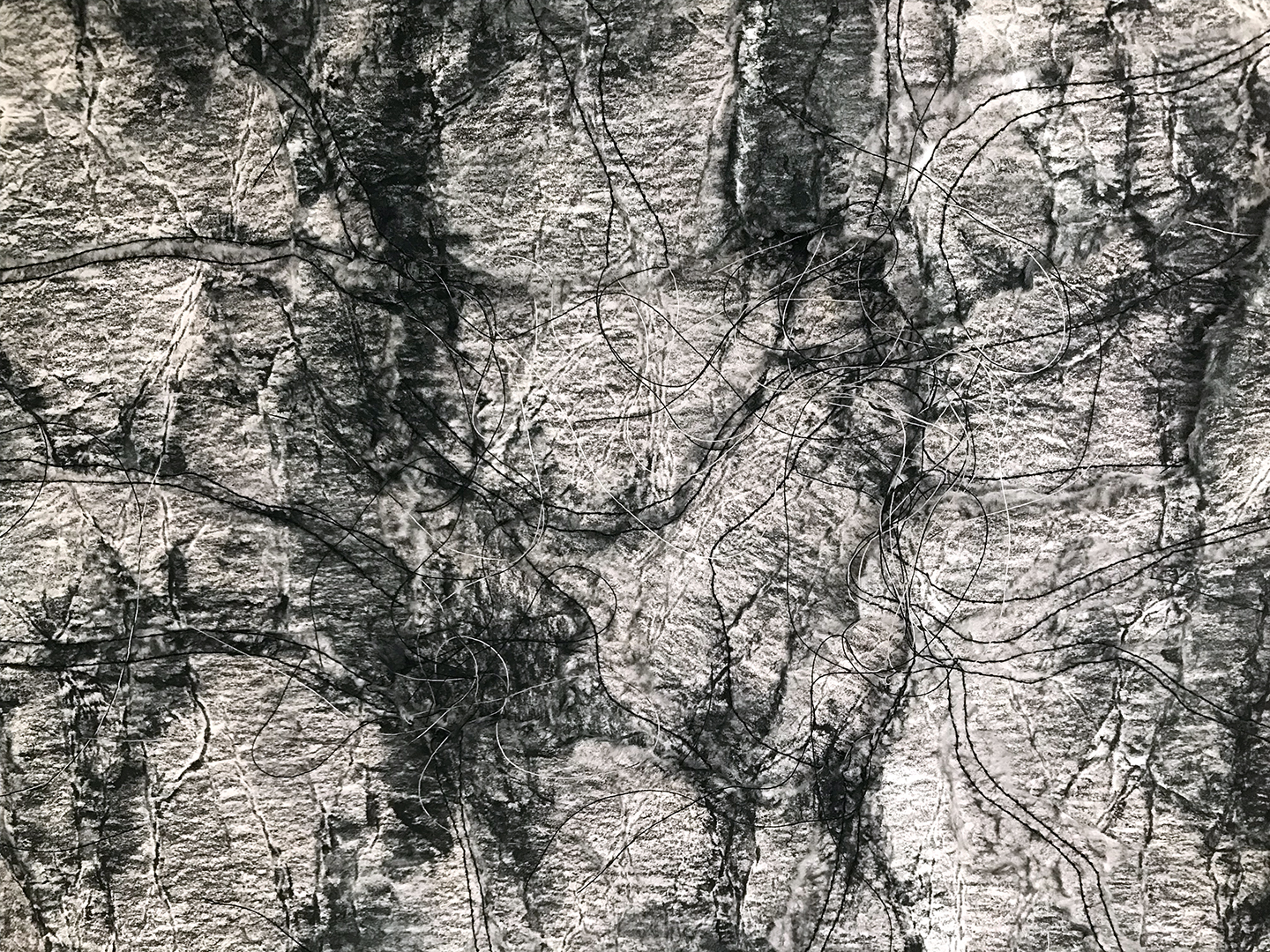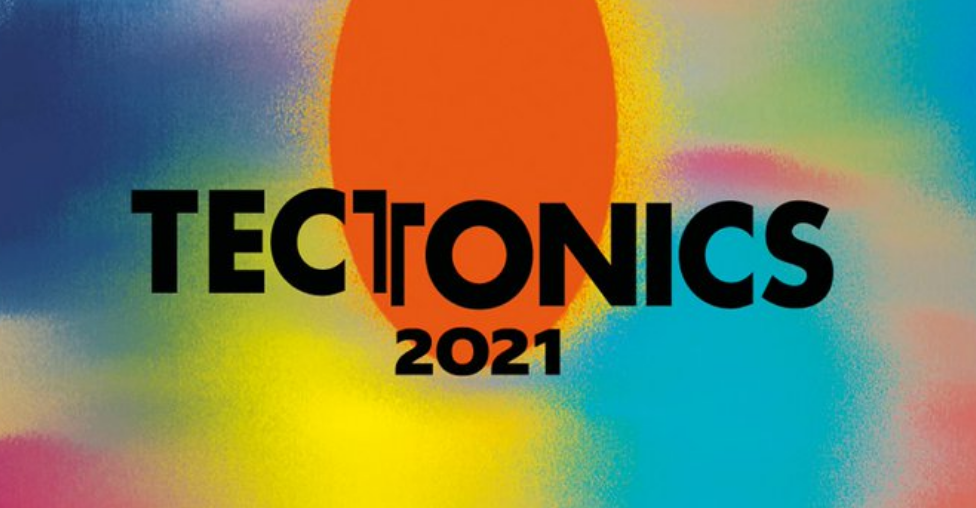
2024 — dimensions variable — digital print [original work / pencil, thread on paper]
•

•

/artist.studio

2024 — dimensions variable — digital print [original work / pencil, thread on paper]
•

•

A conversation with Abraham Burickson, Artistic Director of Odyssey Works, about End Words, a Cinematic 360/Ambisonic production of Christopher Trapani’s work, performed by Ekmeles and featuring poetry by Ciara Shuttleworth, Anis Mojgani, and John Ashbery.
Participants:
Christopher Trapani, Composer
Jeffrey Gavett, Baritone and Ekmeles Artistic Director
Ciara Shuttleworth, Poet
Lili Maya + James Rouvelle, Visual Artists

New commissioned work for the BBC/Tectonics Festival in Glasgow.
Cutout [6×6] Roads / Drives / Avenues / Junctions / Paths / Carts
Music: Close Scrape (Adam Linson, Matt Wright)
Visual Art: Maya + Rouvelle
Curated by Ilan Volkov (Conductor, BBC Scottish Symphony Orchestra), and Alasdair Campbell (Creative Producer ACProjects/Alternative Currents)
2021 — CinematicVR / Maya + Rouvelle collaboration.
This is a 2D trailer for a CinematicVR/ambisonic realization of Christopher Trapani’s End Words for voices and electronics.
This project will be available for most VR headsets via Steam in April ’21.
Music : Christopher Trapani
Performers : Ekmeles
Visual Art : Maya + Rouvelle
Poetry : Anis Mojgani, They Raised Violins (movement I)
Ciara Shuttleworth, Sestina (movement II)
John Ashbery, The Painter (movement III)
from Maya + Rouvelle /
Our intention was to create an uncanny world where Trapani’s music, its poetry and our visuals are symbiotic. The passageway to this environment is nature, filtered through the lens of Trapani’s work; spiraling between the familiar and the dream-like.
from Christopher Trapani /
I’ve always been fascinated by the sestina:
this archaic form, thirty-nine lines
that spin out in an intricate spiral.
Six-line stanzas, with six end words
that repeat in a predetermined shape.
Those patterns were begging for music.
So I started looking for poems to set to music,
and bought an anthology of sestinas.
“The Painter” was an old favorite, and the unusual shape
of Anis Mojgani’s poem—the way he streamlines
crisp, hallucinatory images and tender words—
drew me into a propulsive yet nostalgic spiral…
Predictably, things began to spiral
out of control when I started to imagine the music
I’d devise for Ashbery’s words.
“The Painter” turned into a sort of ur-sestina
setting: I started with thirty-six lines
of related natural harmonies, laid out in the shape
of a six-by-six grid. Then I shaped
the harmonic progression as a spiral
traced through that plane, drawing curved lines
that wander though disjointed consonance—music
laid out so that adjacent stanzas of the sestina
share a repeated harmony over repeated end words.
Line numbers are embedded in the words
as durations. Another grid shapes
the map of shifting tempi—so the sestina
has influenced all the piece’s parameters. The spiral’s
hypnotic rigor invades all aspects of the music.
With the singers, I prerecorded many lines,
syllables, and effects, for the electronics—lines
to chop up and retune, and sometimes single words—
to create collages of vocal sounds. The music
for “They raised violins” started to take shape
with “bones,” “string,” “petals”— each node in the spiral
set to a unique texture. And Ciara Shuttleworth’s “Sestina”
was the perfect compact shape: just six one-syllable words
whose meanings shift as the spiral unravels, lines
that fray as the sestina thins to stark, still music.
2020 — live-stream concert / maya + rouvelle collaboration.
Below are five excerpts from our live-stream project with Ekmeles that included Karlheinz Stockhausen’s In the Sky I Am Walking (1972) and Raven Chacon’s Asdzaa Nádleehé & Yoolgai Asdzaa (2016). The full performance and additional information/writing about the project can be found here.
Performed by
Charlotte Mundy, Soprano
Elisa Sutherland, Mezzo Soprano
Charles Mueller, Audio Engineer
We created visual art/video/titling/staging elements for this special event, streamed live from the singers’ home in Brooklyn, NY.
Raven Chacon’s Asdzaa Nádleehé & Yoolgai Asdzaa (2016).